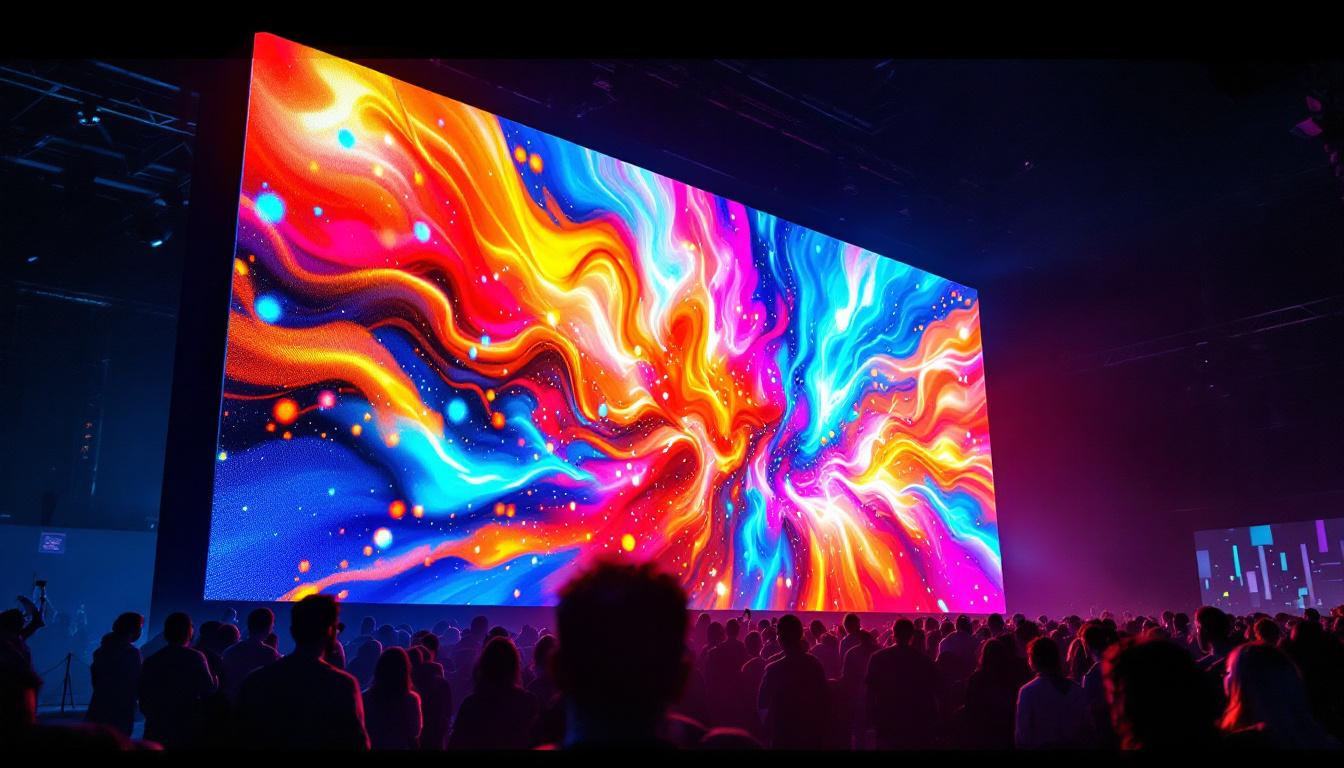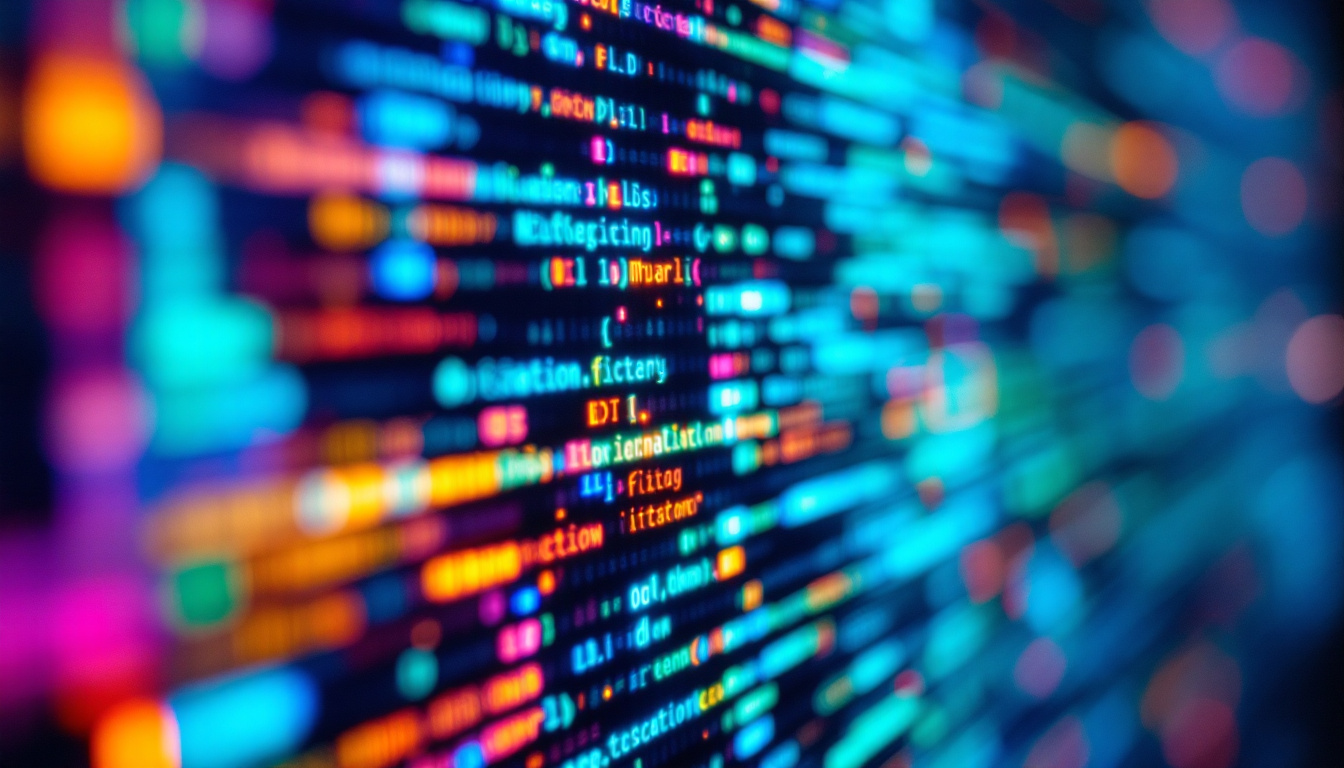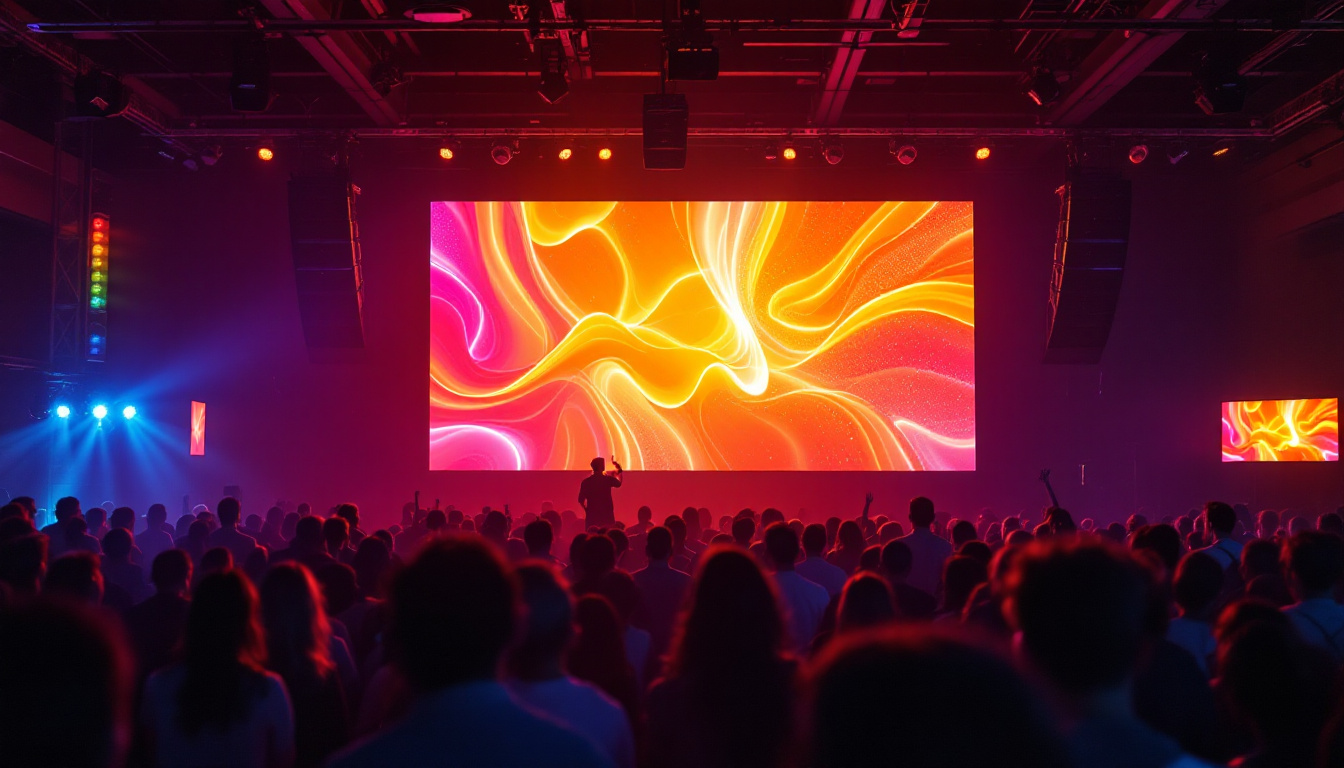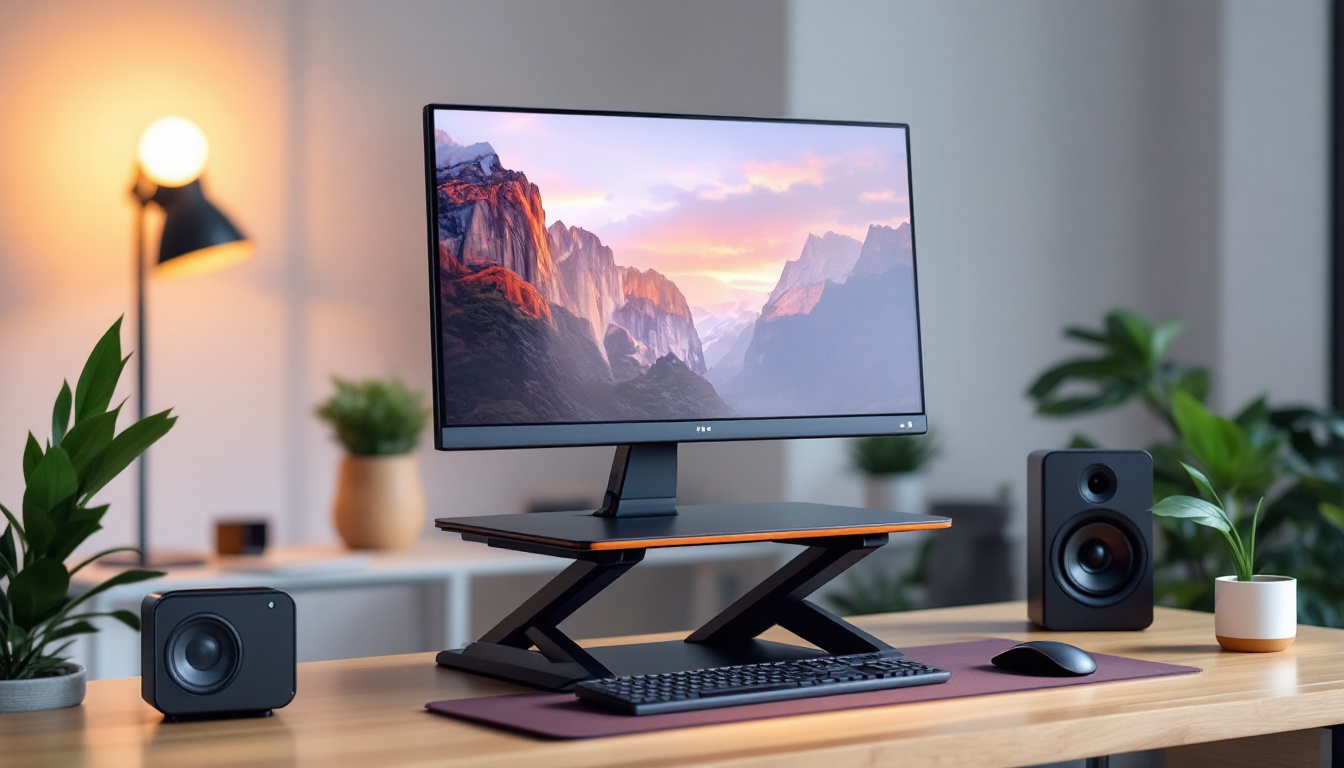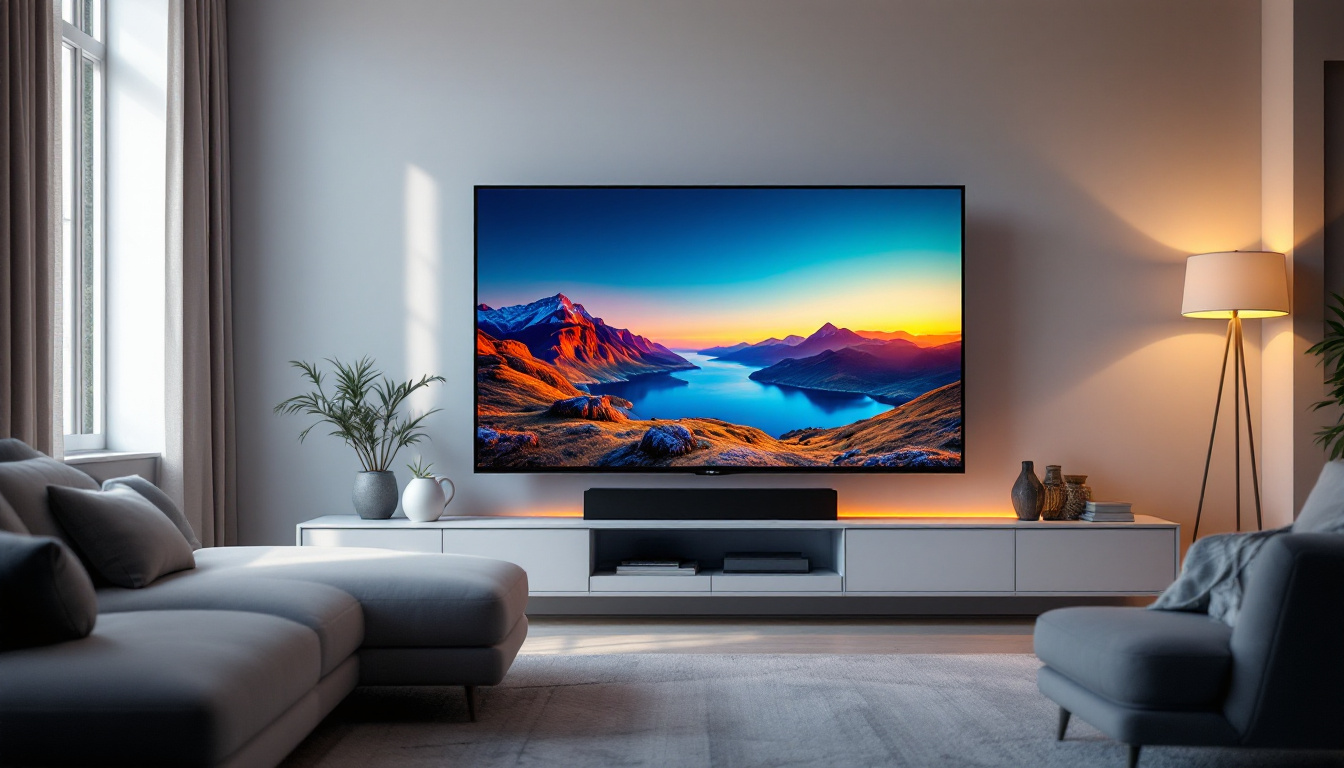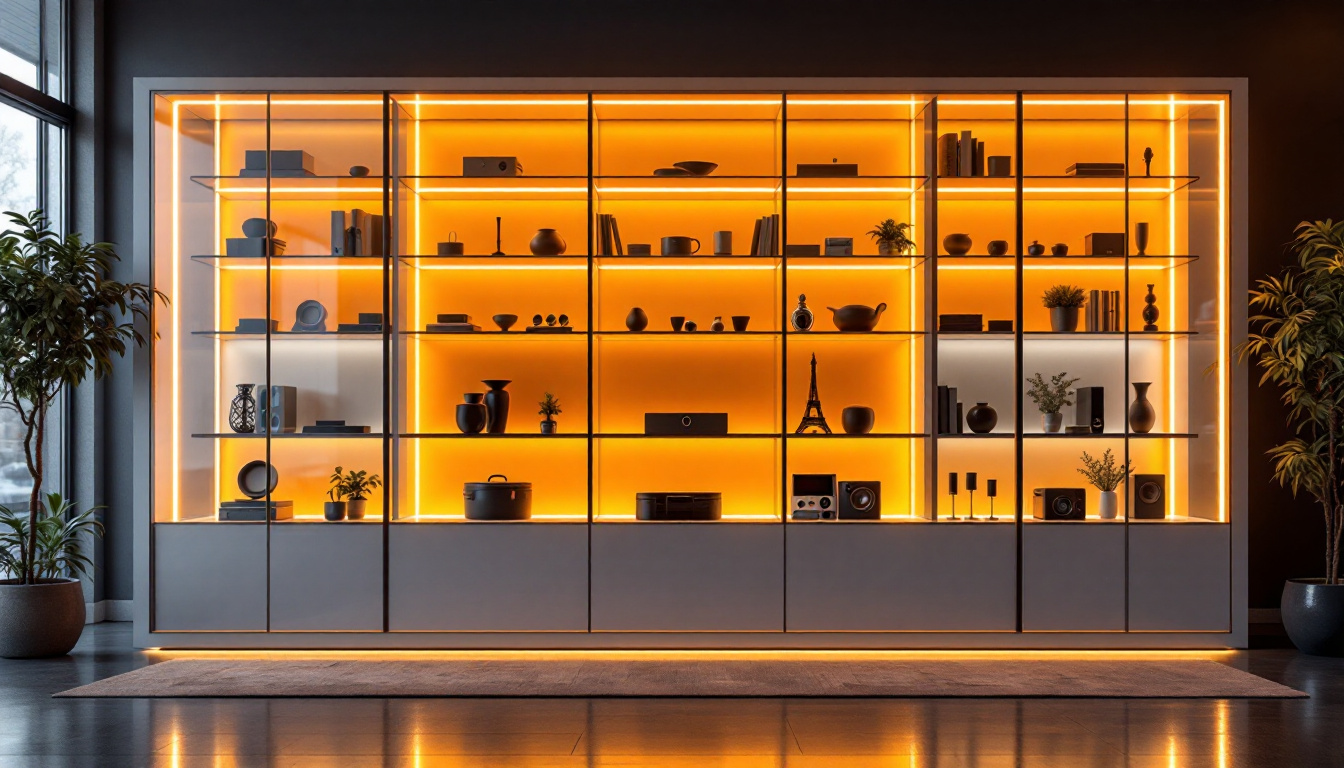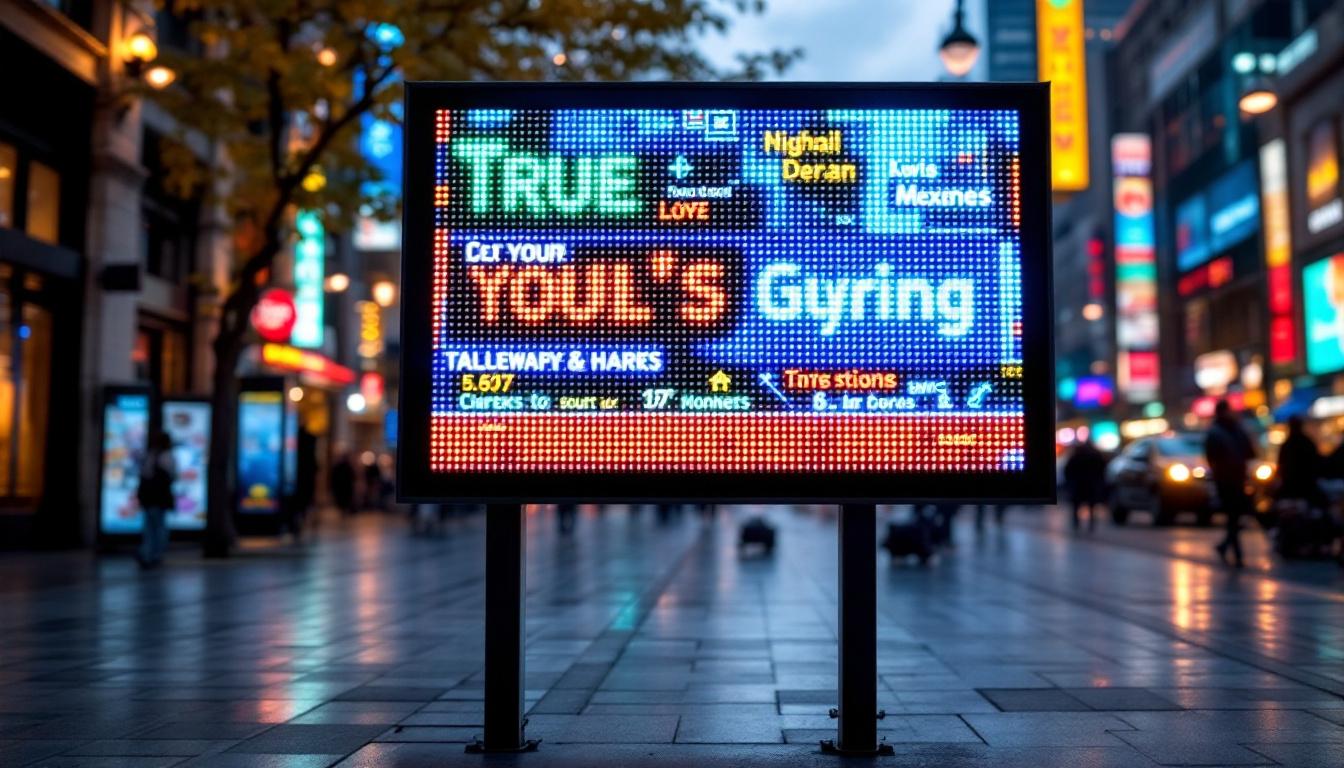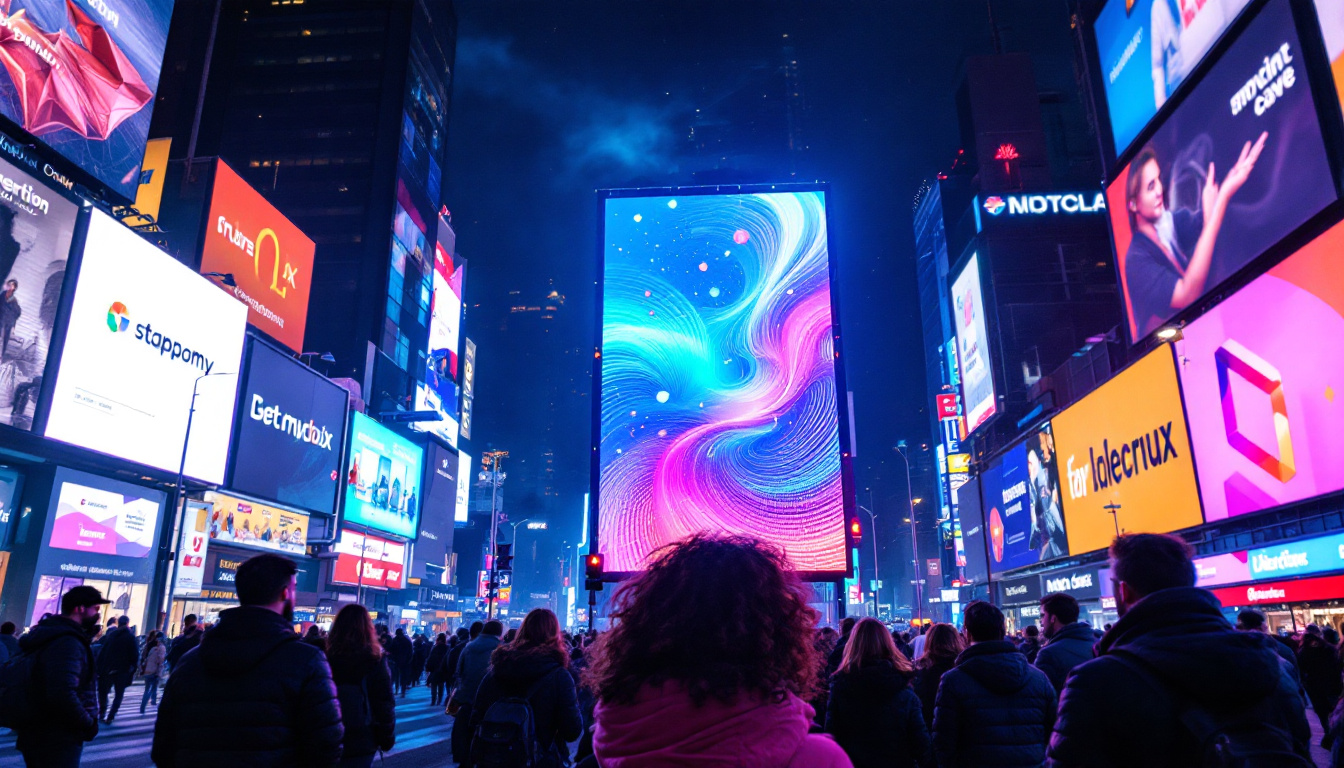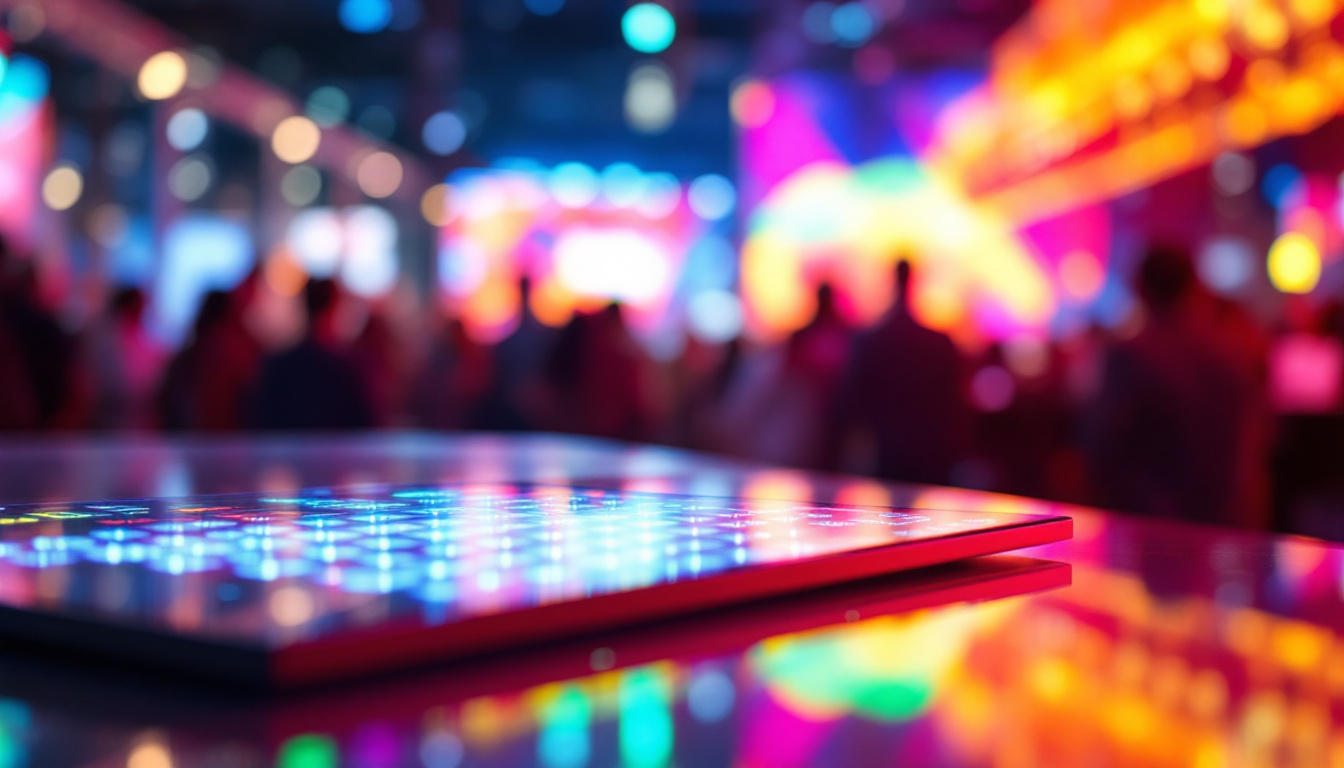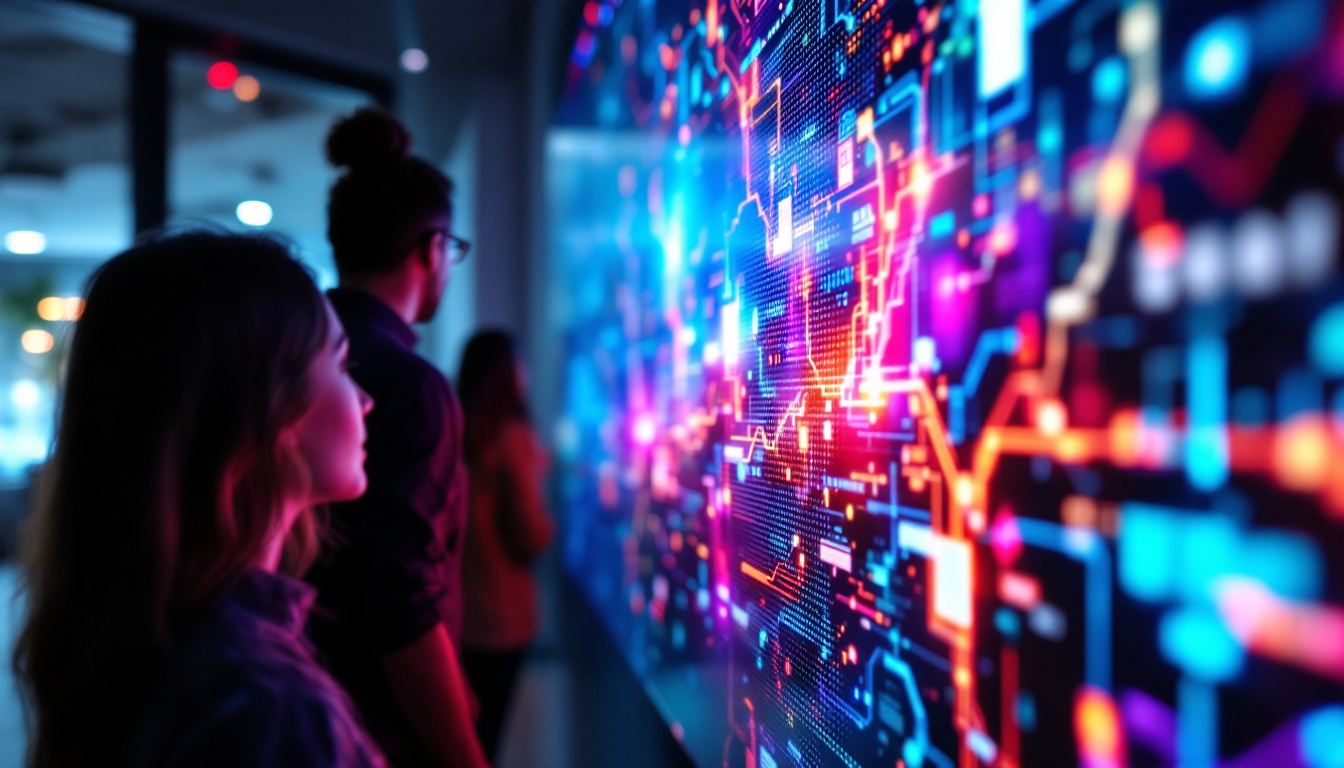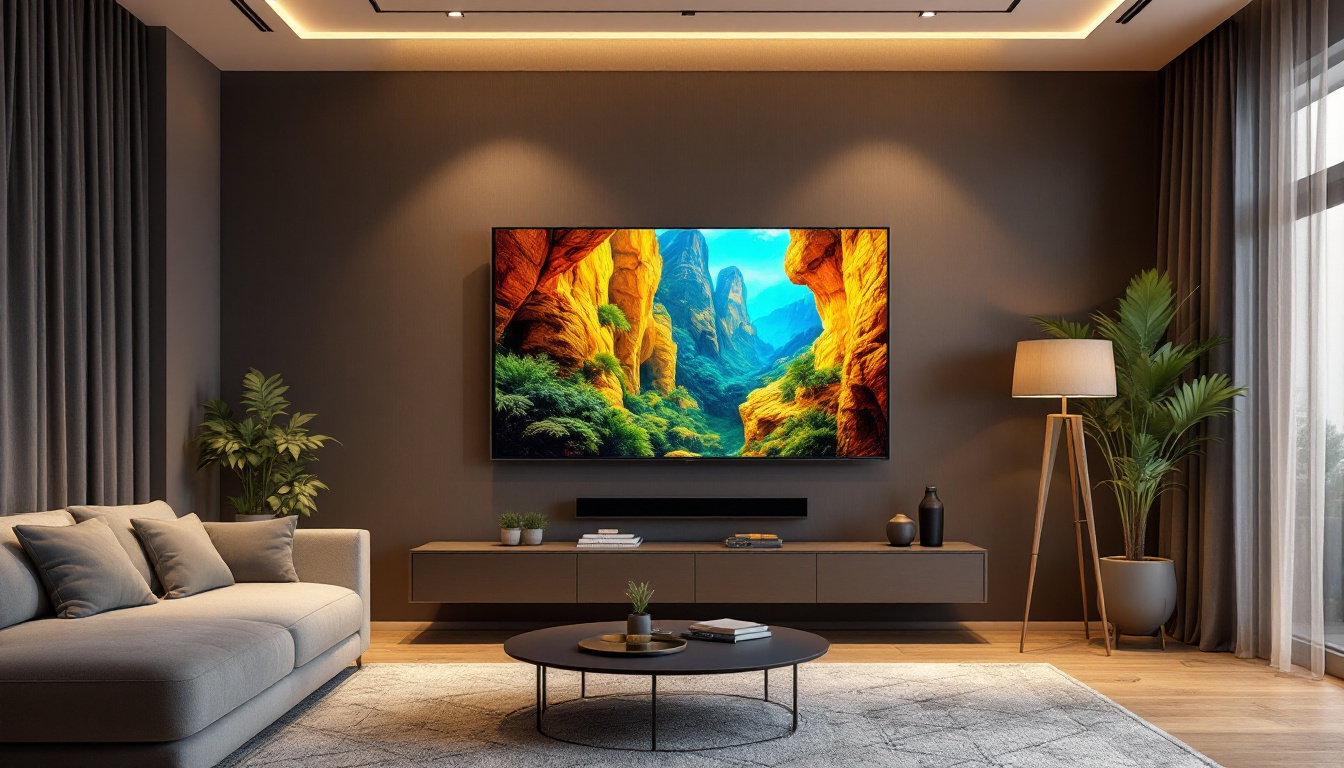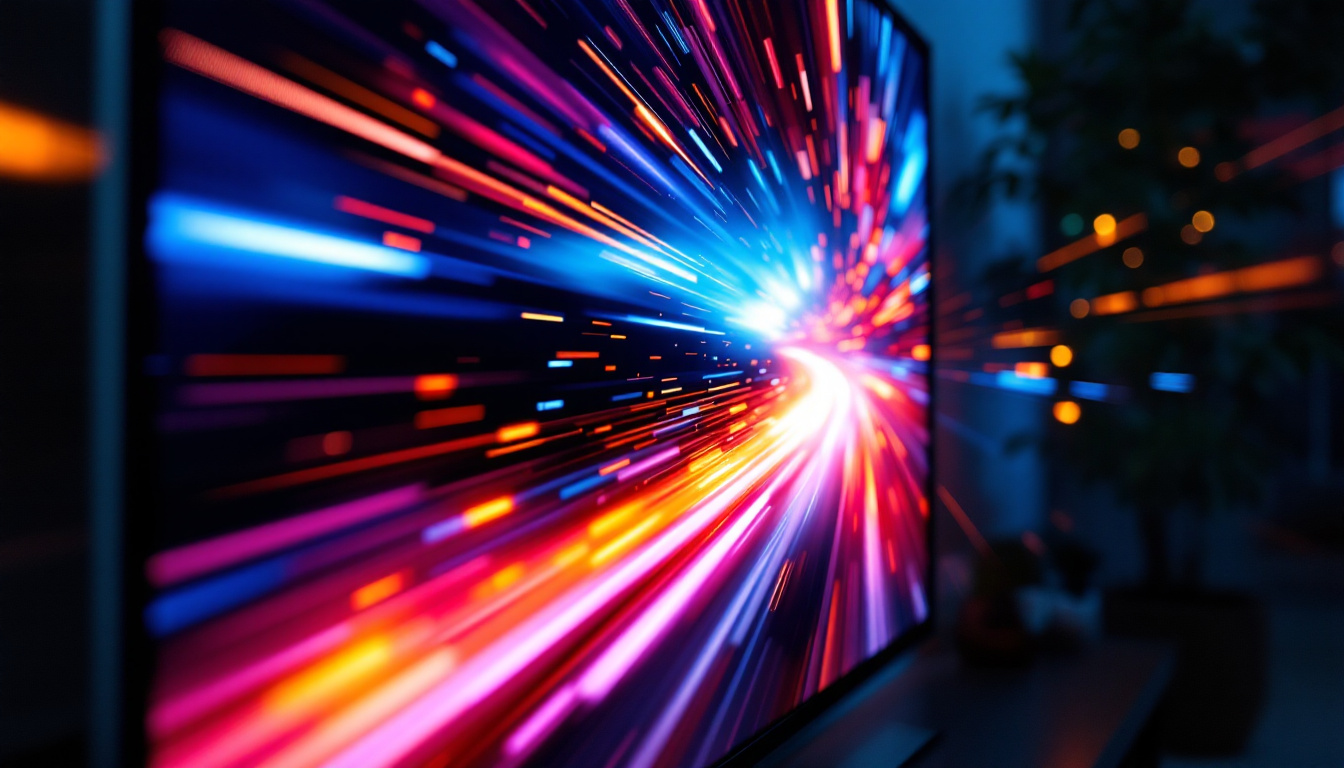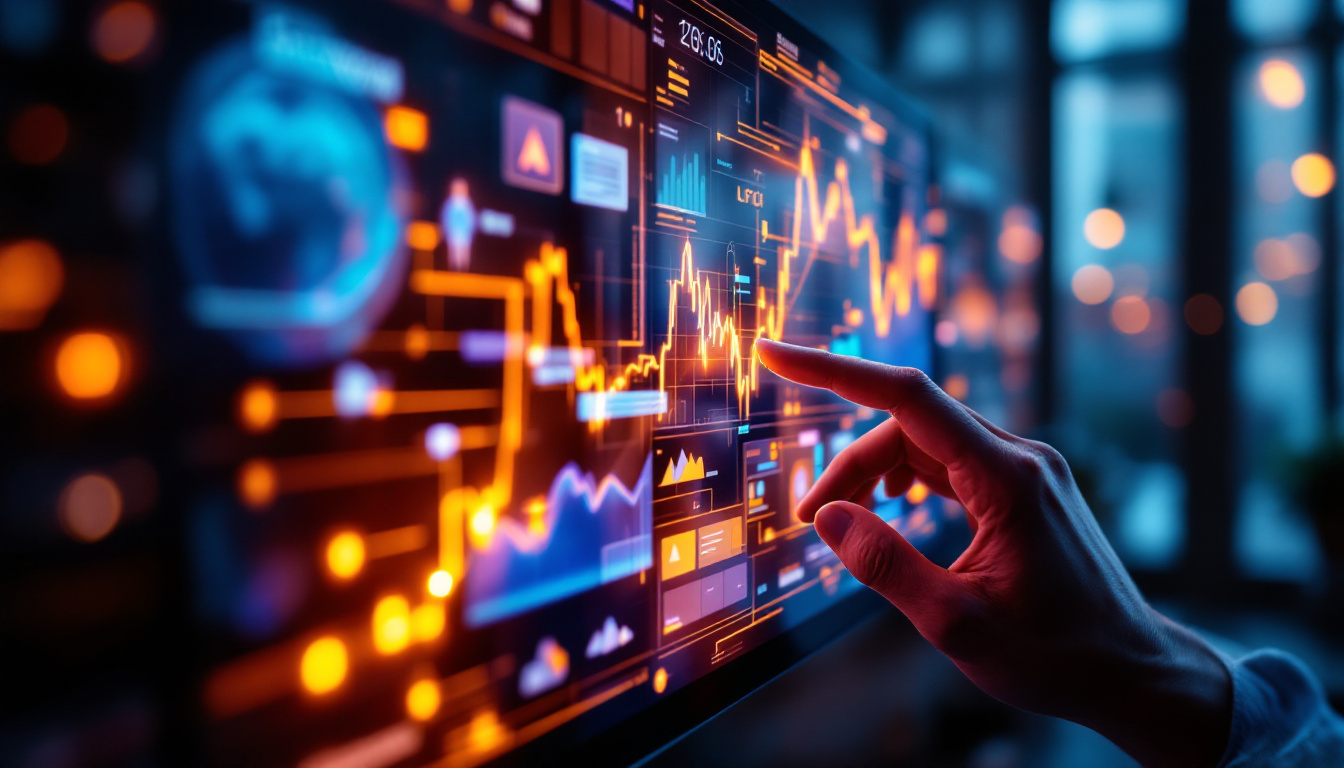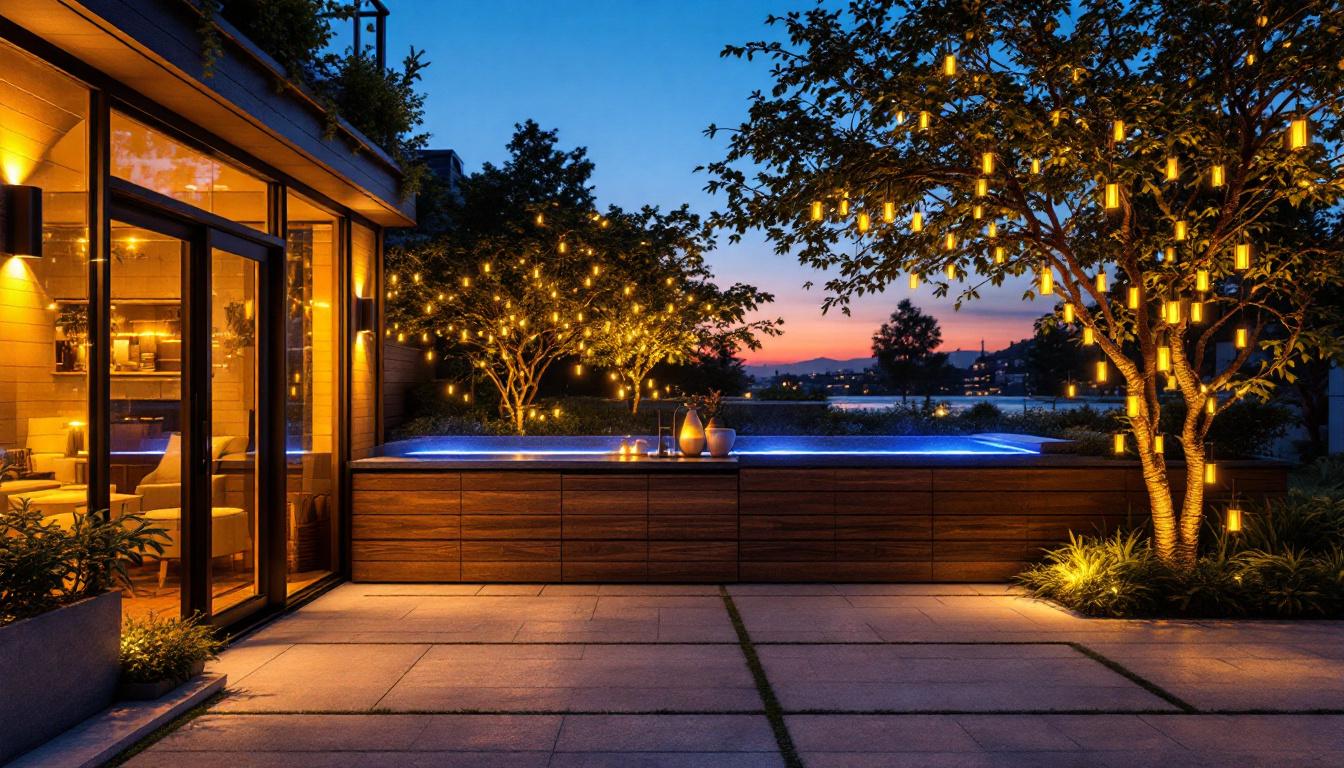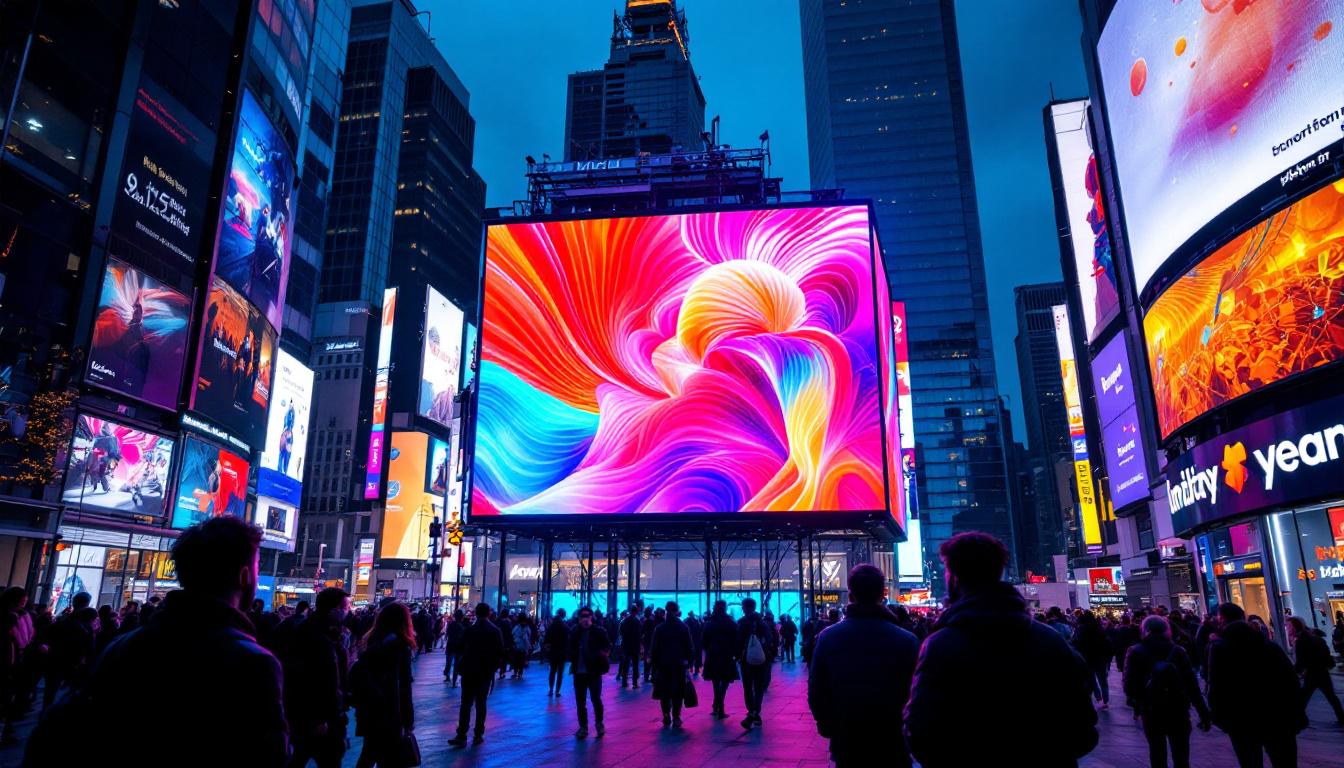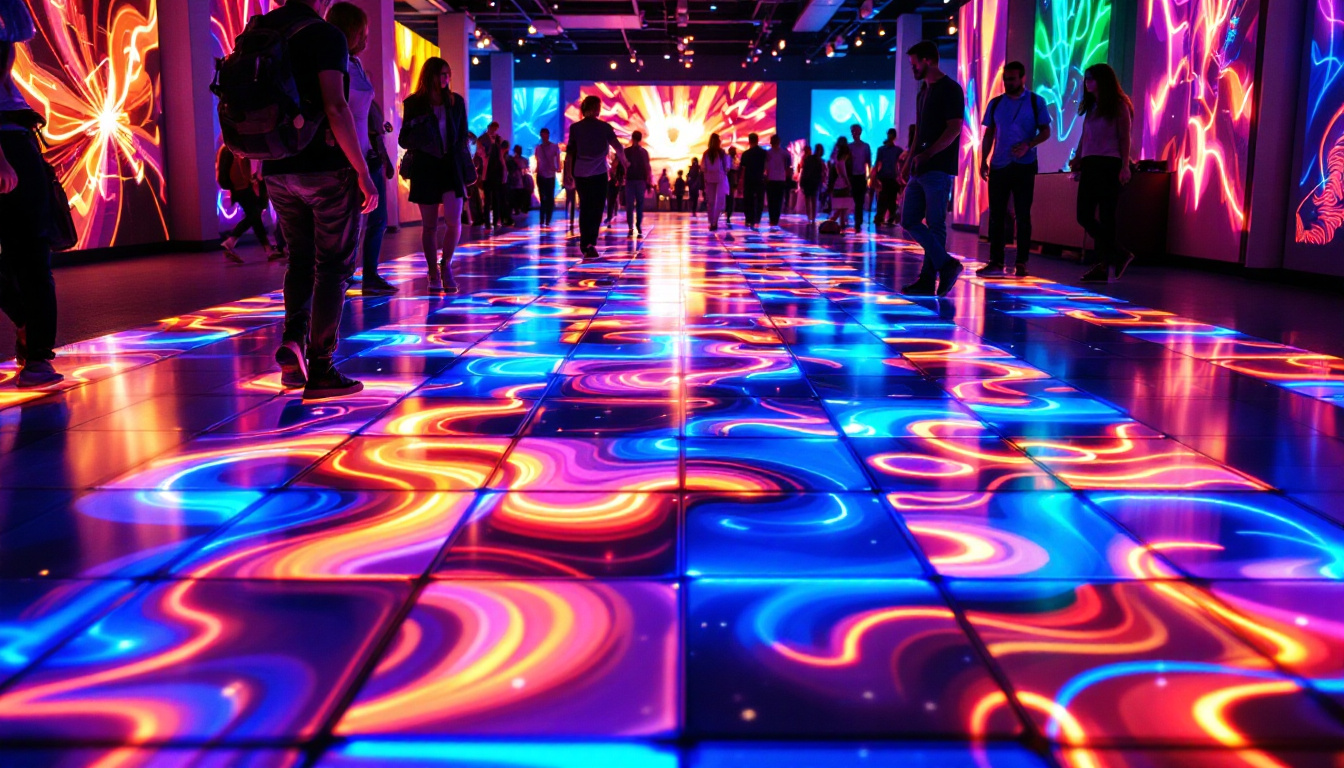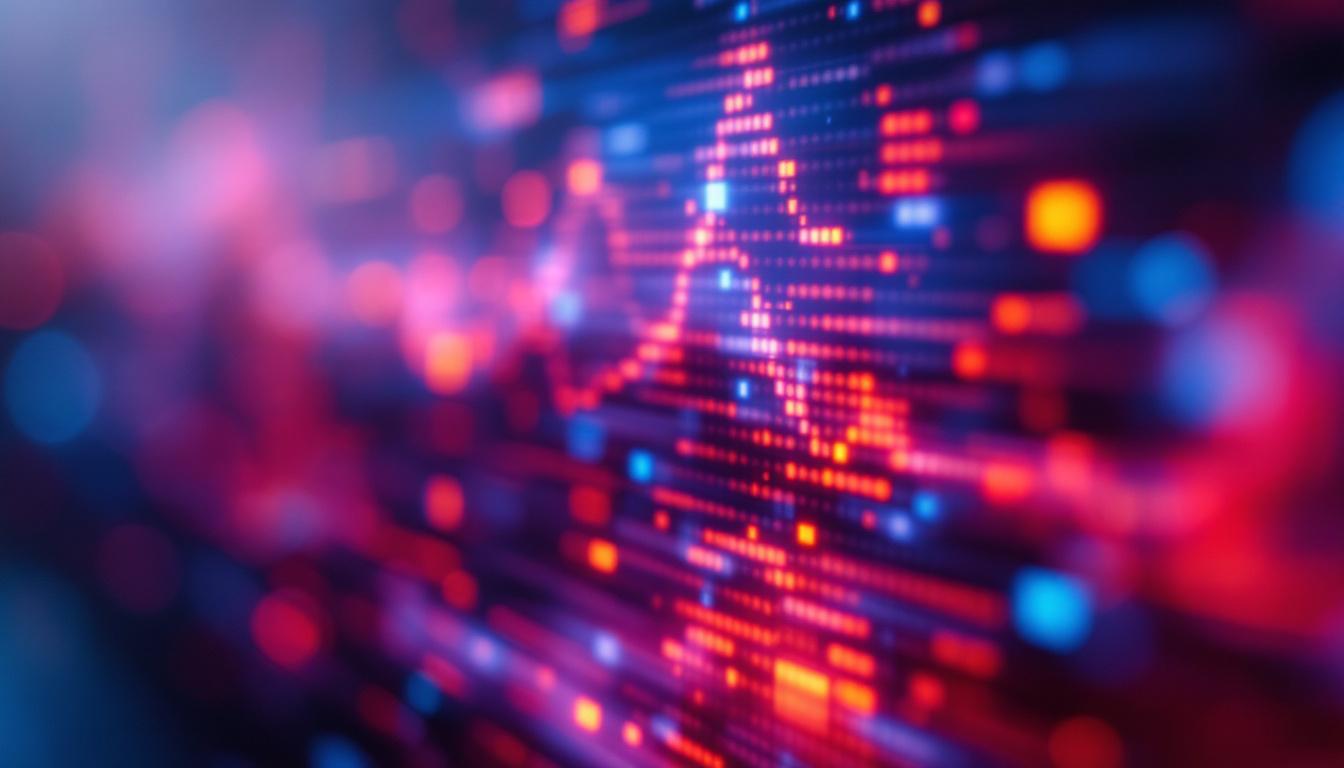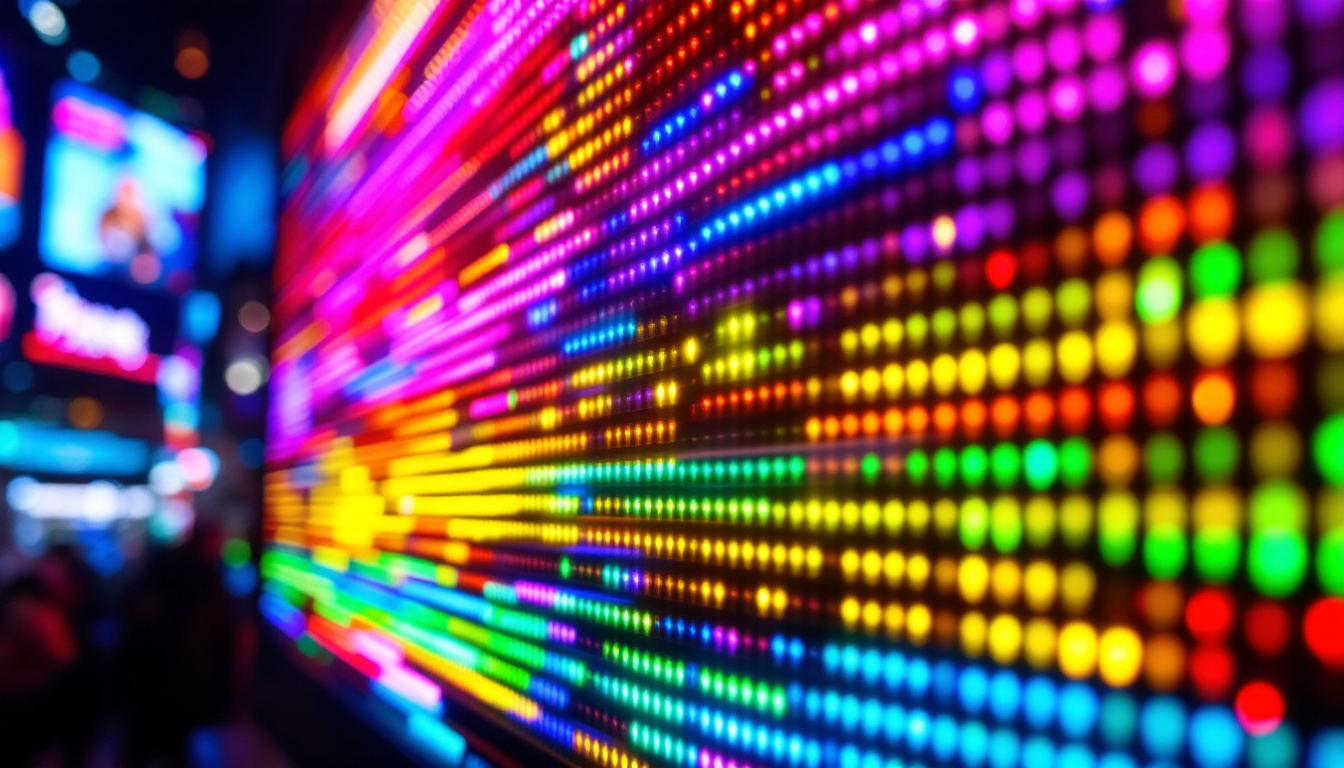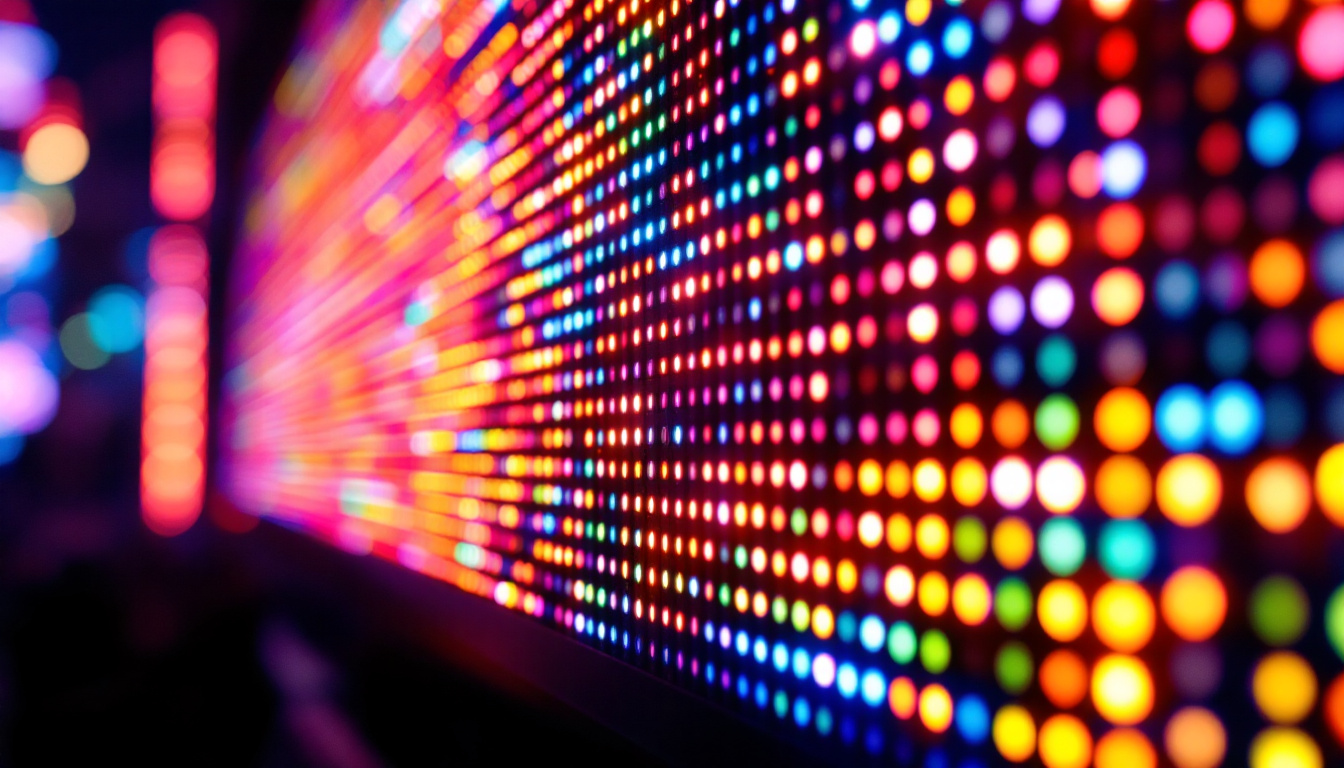In an era where visual communication dominates, LED displays have become synonymous with large-scale, high-impact screens. From towering billboards in Times Square to massive stadium screens broadcasting live events, LED technology has revolutionized how audiences experience visual content. But what exactly makes LED displays the go-to solution for the biggest screens in the world? This comprehensive article delves into the technology behind LED displays, their advantages, applications, and what the future holds for this ever-evolving medium.
Understanding LED Display Technology
What is an LED Display?
LED stands for Light Emitting Diode, a semiconductor device that emits light when an electric current passes through it. An LED display is a flat panel display that uses an array of these tiny light sources to create images, videos, and text. Unlike traditional LCD or plasma screens, LED displays rely on individual diodes as pixels, allowing for exceptional brightness, color accuracy, and energy efficiency.
The core advantage of LED technology lies in its modular design. Each LED panel can be combined with others to form screens of virtually any size and shape. This scalability is what enables the creation of some of the world’s largest screens, from the facades of skyscrapers to colossal sports arena displays. The versatility of LED displays also extends to their application in various fields, from advertising and entertainment to education and transportation, making them a ubiquitous part of modern visual communication.
Types of LED Displays
LED displays come in several types, each optimized for different environments and purposes:
- Indoor LED Displays: These are designed for controlled lighting environments such as conference halls, retail stores, and indoor arenas. They typically have a higher pixel density for crisp image quality at close viewing distances.
- Outdoor LED Displays: Built to withstand harsh weather conditions, these displays are brighter to combat sunlight and often have larger pixel pitches since viewers are usually farther away.
- Transparent LED Displays: These innovative screens allow light to pass through, making them ideal for glass windows and retail storefronts where visibility both inside and outside is important. This feature not only enhances aesthetic appeal but also provides functional advertising space without obstructing views.
- Flexible and Curved LED Displays: Utilizing bendable panels, these displays can wrap around surfaces or create immersive curved visuals, expanding creative possibilities. This adaptability allows designers to explore new forms of storytelling and branding, transforming ordinary spaces into dynamic experiences.
Moreover, the advancements in LED technology have led to the development of high-definition and ultra-high-definition displays, which offer stunning clarity and detail. This is particularly beneficial in environments where visual precision is critical, such as in medical imaging or high-end broadcasting. Additionally, the integration of smart technology into LED displays has opened up new avenues for interactivity, allowing users to engage with content in real-time through touch or motion sensors, further enhancing the viewer experience.
As the demand for more engaging and visually striking displays continues to rise, the LED display industry is constantly innovating. Emerging trends include the use of organic LEDs (OLEDs) for richer colors and deeper blacks, as well as advancements in energy efficiency that reduce the carbon footprint of large-scale installations. These developments not only improve the quality of visual media but also align with global sustainability goals, making LED technology a forward-thinking choice for the future.
Why LED Displays Dominate the Biggest Screen Market
Unmatched Brightness and Visibility
One of the most critical factors for large-scale displays, especially outdoors, is brightness. LED displays can achieve brightness levels exceeding 5,000 nits, far surpassing traditional display technologies. This ensures clear visibility even under direct sunlight, making them ideal for billboards, stadiums, and public squares.
For example, the massive LED screen in Dubai’s Burj Khalifa, which measures over 33,000 square feet, must maintain exceptional brightness and clarity to be visible from miles away. LED technology’s ability to deliver consistent luminance across vast surfaces is unmatched.
Energy Efficiency and Longevity
While large screens might suggest high energy consumption, LED displays are relatively energy-efficient. LEDs consume less power compared to incandescent or fluorescent lighting, and their modular design allows for selective lighting of pixels, reducing unnecessary energy use.
Additionally, LEDs have a long operational lifespan, often exceeding 100,000 hours. This longevity translates into lower maintenance costs and less frequent replacements, which is crucial for massive installations where downtime can be costly.
Superior Color Accuracy and Contrast
LED displays offer vibrant colors with high contrast ratios, thanks to their ability to emit light directly from each pixel. Unlike LCDs that rely on backlighting, LEDs can produce true blacks by turning off individual diodes, enhancing image depth and realism.
This capability is especially important for advertising and entertainment applications where visual impact drives audience engagement. The ability to display dynamic, high-definition content with rich colors makes LED screens the preferred choice for brands and event organizers.
Applications of the Biggest LED Screens
Advertising and Digital Billboards
One of the most visible uses of giant LED displays is in outdoor advertising. Digital billboards equipped with LED technology can display multiple advertisements in rotation, incorporate animations, and even interact with real-time data such as weather or social media feeds.
Times Square in New York City is a prime example, where LED billboards cover entire building facades, creating a vibrant, constantly changing visual landscape. These screens not only capture attention but also provide advertisers with flexibility and immediacy that traditional static billboards cannot match.
Sports and Entertainment Venues
Stadiums and arenas worldwide have embraced LED displays to enhance the spectator experience. Giant screens provide live game footage, instant replays, and interactive content, ensuring fans remain engaged throughout the event.
The AT&T Stadium in Texas features one of the largest high-definition LED video boards globally, measuring approximately 160 feet wide and 72 feet tall. Such installations have become essential for modern venues, offering both entertainment and advertising revenue streams.
Public Information and Transportation Hubs
LED displays are also critical in airports, train stations, and urban transit systems. Their high visibility and reliability make them ideal for displaying schedules, alerts, and wayfinding information to large crowds.
For example, the LED screens at Tokyo’s Shinjuku Station provide real-time train information and advertisements, seamlessly integrating functionality with commercial use.
Architectural and Artistic Installations
Beyond commercial and functional uses, LED displays have found a place in architecture and art. Buildings with LED facades can transform their appearance dynamically, creating immersive light shows and interactive experiences.
The “Media Facade” on the Allianz Arena in Munich uses LED technology to change the stadium’s exterior colors based on the home team playing, blending branding with architectural innovation.
Technical Considerations for Building the Biggest LED Screens
Pixel Pitch and Resolution
Pixel pitch, the distance between the centers of adjacent LEDs, is a fundamental factor in determining image clarity. Smaller pixel pitches result in higher resolution and finer detail, which is essential for screens viewed at close range.
For enormous outdoor screens where viewers are farther away, pixel pitches can be larger without compromising perceived image quality. Balancing pixel pitch with screen size and intended viewing distance is critical for optimal performance.
Modular Design and Installation
Large LED screens are composed of multiple panels or modules that fit together seamlessly. This modularity simplifies transportation, installation, and maintenance. Panels can be replaced individually if damaged, reducing downtime and costs.
However, precise calibration is necessary to ensure color consistency and uniform brightness across the entire screen. Advanced software tools assist technicians in aligning and tuning the panels during installation.
Heat Management and Weatherproofing
LED displays generate heat during operation, especially large outdoor installations exposed to sunlight. Effective heat dissipation systems, including fans and heat sinks, are vital to maintain performance and extend lifespan.
Outdoor LED screens also require robust weatherproofing to protect against rain, dust, and temperature fluctuations. IP65 or higher ratings are common standards ensuring durability in challenging environments.
The Future of LED Displays: Trends and Innovations
MicroLED and MiniLED Technologies
Emerging advancements like MicroLED and MiniLED promise even greater image quality and efficiency. MicroLEDs are microscopic LEDs that enable ultra-high resolution and brightness with lower power consumption.
These technologies are poised to disrupt not only large-scale displays but also consumer electronics, offering brighter, more vibrant screens with longer lifespans.
Interactive and Smart LED Screens
Integration with sensors, cameras, and AI is transforming LED displays into interactive platforms. Smart screens can adapt content based on audience demographics, environmental conditions, or user input, creating personalized experiences.
Retail environments and public spaces are increasingly adopting these intelligent displays to enhance engagement and gather valuable data.
Sustainability and Energy Efficiency
As environmental concerns grow, manufacturers are focusing on making LED displays more sustainable. Innovations include using recyclable materials, improving energy efficiency, and developing solar-powered LED installations.
These efforts aim to reduce the carbon footprint of large-scale displays, aligning with global sustainability goals.
Conclusion
LED display technology has fundamentally changed the landscape of large-scale visual communication. Its unmatched brightness, scalability, and versatility make it the preferred choice for the biggest screens worldwide. Whether captivating audiences with dynamic advertising in city centers, enhancing the atmosphere in sports arenas, or transforming architectural facades into canvases of light, LED displays continue to push the boundaries of what is possible.
As innovations like MicroLED and smart interactivity emerge, the future of LED displays promises even more immersive and sustainable experiences. Understanding the technology, benefits, and applications of LED displays is essential for businesses, event organizers, and urban planners looking to harness the power of the biggest screens.
Discover LumenMatrix’s Innovative LED Display Solutions
Ready to elevate your visual communication with the biggest and most impactful screens? LumenMatrix is at the forefront of LED display technology, offering a comprehensive range of solutions tailored to your needs. From Indoor and Outdoor LED Wall Displays to specialized options like Vehicle, Sports, and Floor LED Displays, LumenMatrix ensures your message is seen with unparalleled clarity and vibrancy. Embrace the future of digital signage with our Custom, All-in-One, and Transparent LED Displays. Check out LumenMatrix LED Display Solutions today and transform your space into a captivating visual experience.

